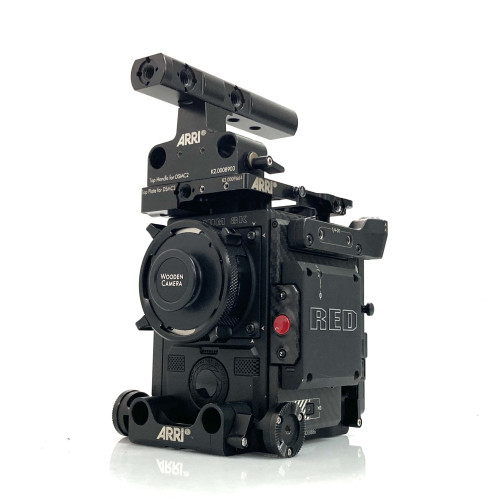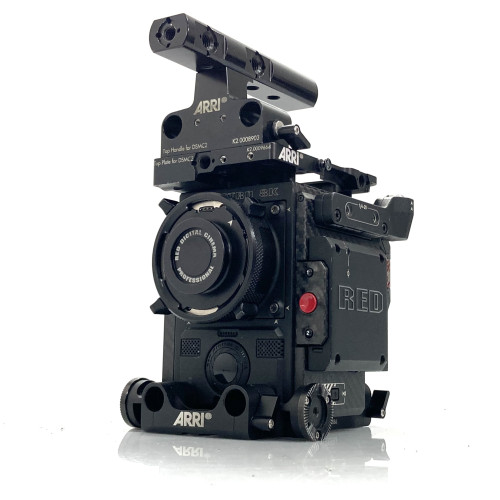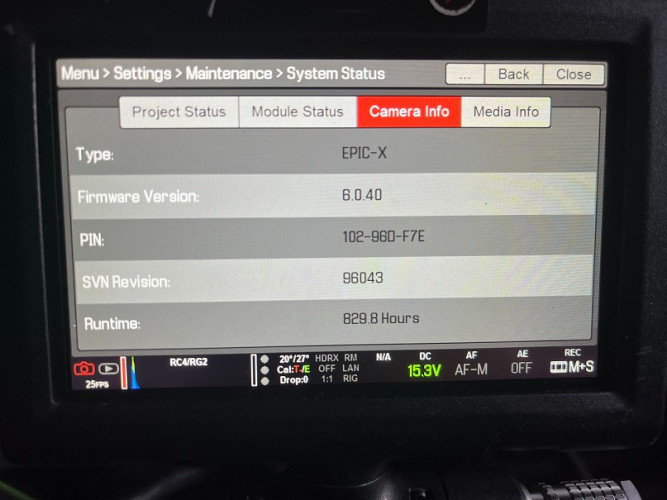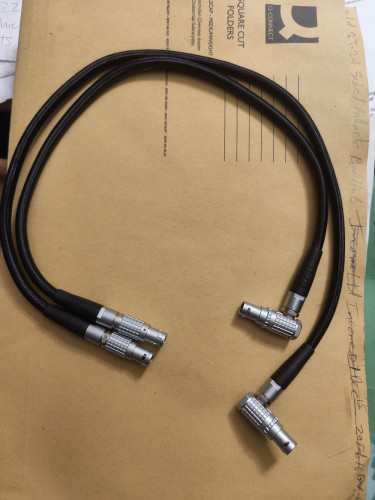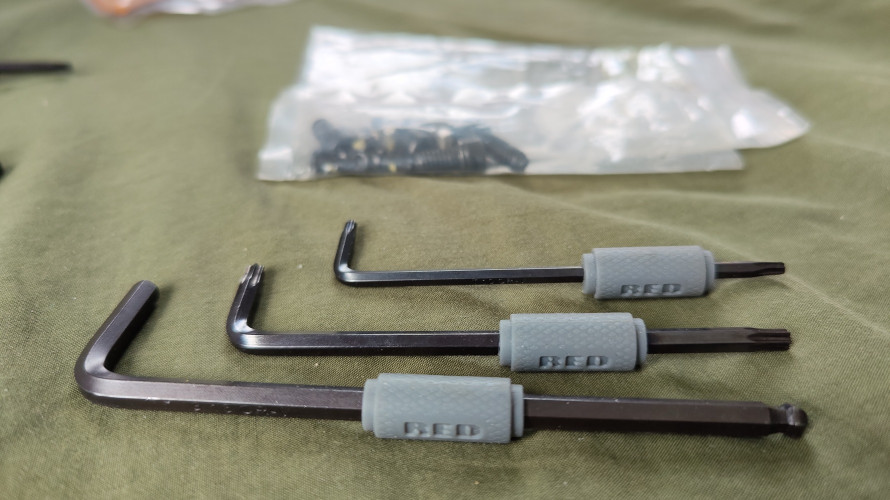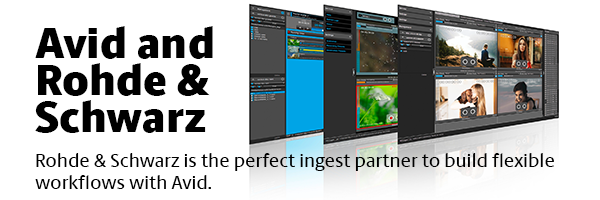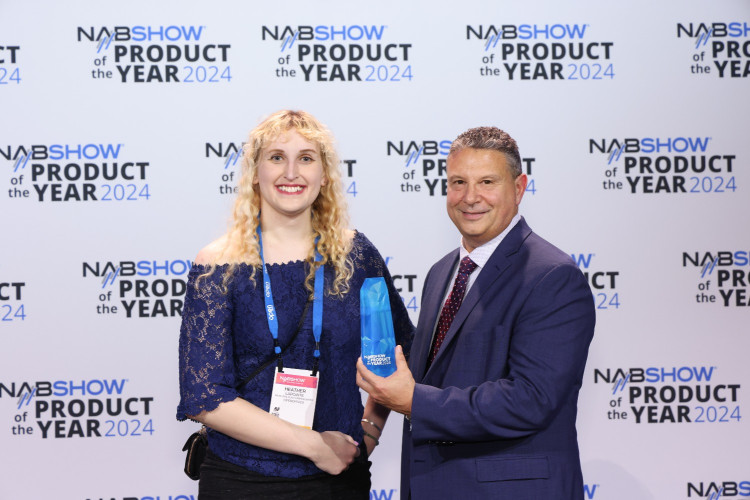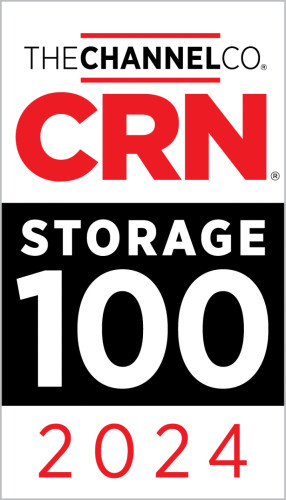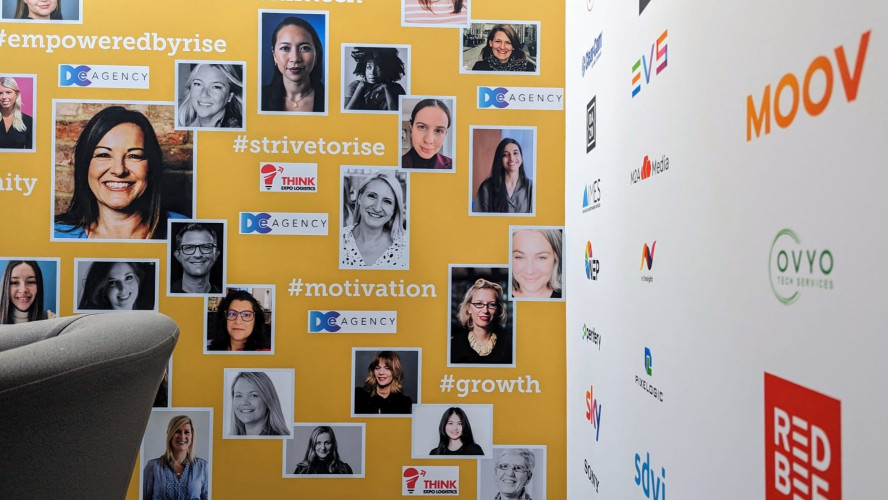Shared Storage Comes of Age

Author: Bob Pank#
Published 1st October 2010
Increasingly stored in digital form, together with related metadata, digital media is in the process of transforming both the technology and process of production throughout the broadcast and post production industries.
But as every action precipitates a reaction, every advancement precipitates its own particular challenges. The challenges with digital media are three-fold: How to store it conveniently where it can easily be found, how to retrieve it along with all the pertinent or related data and how to share it with others who want to work on the same, or another project.
To meet those needs, shared storage is fast coming of age and growing into a more sophisticated form every day. As every media producers know, media is their lifeblood and from it flows two of the most essential elements of their business: creativity and profit.
Openness, ease of use and affordability are the three factors currently driving shared storage development.
With the wide array of production products now in use, a shared storage solution must be open and able to work with as many of them as possible. UK-based post production house, Films@59, recently became the world’s first purchaser of Avid ISIS 5000, an advanced, affordable addition to the ISIS shared storage product line.
Ian Burling, Head of Technical Services at Film@59, comments, “whether clients decide to edit with Media Composer or Final Cut, ISIS 5000 has extended the ability of all our contributors to move media around a variety of systems.”
Certainly, the last thing anyone wants in a new solution is for it to make their work harder. What they need is a solution that streamlines workflows, simplifies storage configuration and eliminates downtime. Swedish post production house, Mekaniken, has recently beta tested ISIS 5000 and CTO, Henrik Cednert, comments on its value and ease of use.
“It’s so easy to administer and configure that it changes the way we work. We’ve had a few different shared storage solutions and none have been this easy.”
Historically, one of the key challenges to shared storage adoption has been the expense. But it is a virtual axiom throughout the high-tech world that costs invariably decrease as adoption spreads, and Avid ISIS 5000 is no exception. The Hawkes Media Group, based in Cambridge, Massachusetts, has also served as a primary beta test site for the new solution.
“The bottom line,” enthuses John Hawkes, founder and principal, “is that we’re getting the layer of functionality we would be getting with a classic ISIS, but at an affordable price point.”
From an editor’s perspective, shared storage simply offers the ability to do things better and faster, whether it be retrieving specific archival footage, or opening and saving projects quickly. Now with continued development, shared storage is rapidly expanding to include new features like the ability to dynamically adjust workspace configurations.
The continued acceleration of such innovations is helping to solve common editorial conundrums such as, ‘where is the latest version of a given clip, how do we find it when another person is working on that drive and what do we do when and if that drive dies?’ with ever-increasing alacrity.
For Powderhouse Productions, the largest independent producer of cable programming in New England with a client roster including Animal Planet, National Geographic, PBS and Discovery, this is particularly helpful.
“On any given day,” comments Joel Olicker, Powderhouse CEO, “an editor, assistant editor, or producer might say, ‘remember that shot we made three years ago, when we were in New Delhi and we filmed those guys walking down the street?’ It no longer takes an army of people digging through boxes and ripping open tapes to see if it's on this or that tape, then finding out that even if it is, we don't have a machine to play that format any more.”
With a combination of Avid shared storage and asset management solutions, mundane housekeeping tasks such as inputting, outputting, transcoding, format management, logging and transcribing can be taken out of the editors’ hands so that they can not only do what they really are good at, but what they get paid for.
At this point in time, shared storage technology falls into two primary categories: relatively small, largely proprietary systems with limitations on scalability and flexibility and enterprise storage systems designed primarily for IT applications.
While the former is specifically constructed for broadcast and post production applications, it may have limited ability to expand or adjust to changing workflow requirements. The latter, on the other hand, can provide virtually unlimited storage capacity, but is not specifically constructed to work within the context of media production environment.
The advent of products like Avid ISIS 5000, though, is already defining the future of shared storage by providing a solution specifically constructed for the industry, yet with enough capacity to meet even the most demanding needs. This makes it one of the most powerful technological advancements to come of age in the media industry since tape-to-tape editing.
Words: 824



